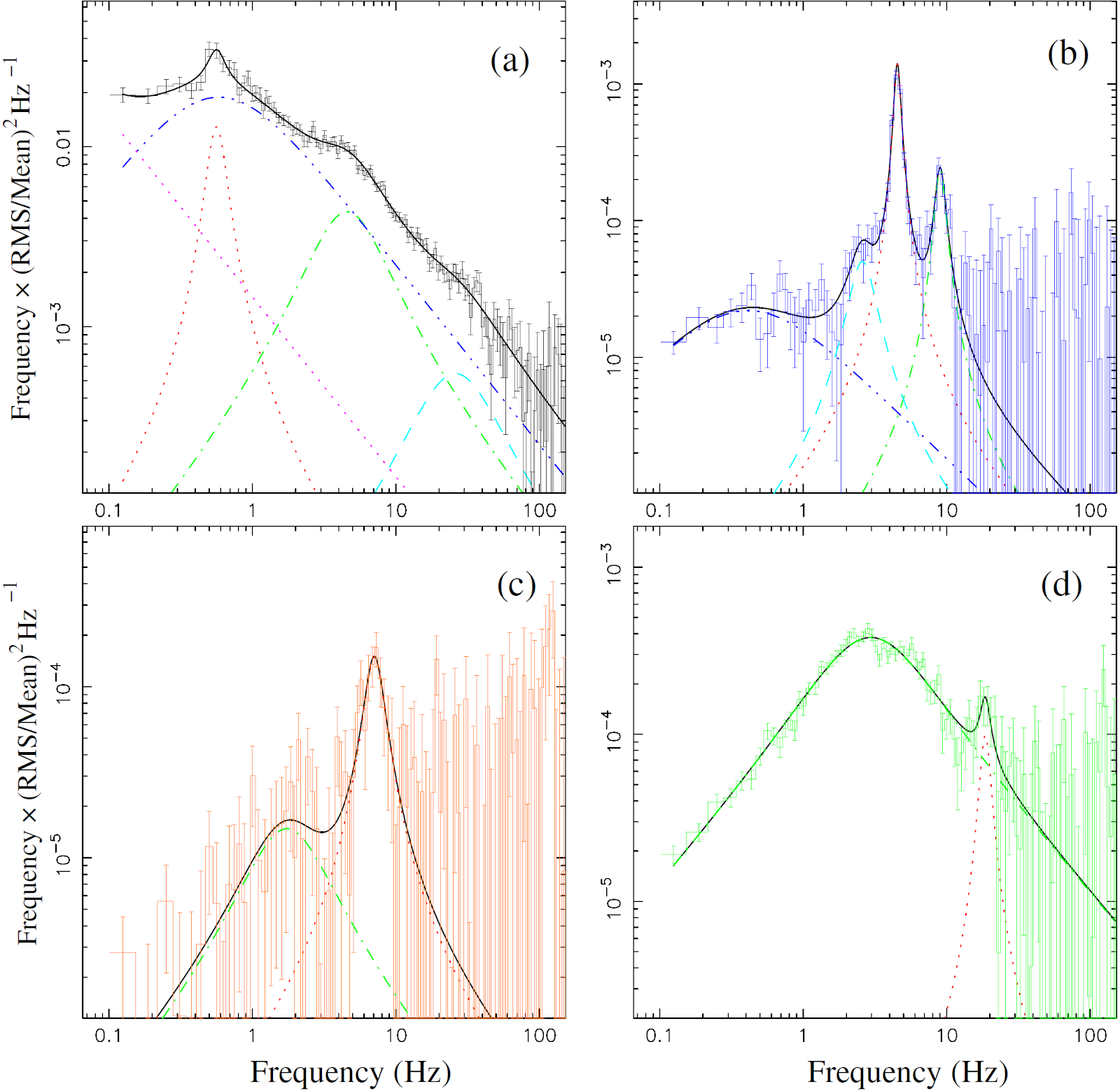NICER / ISS Science Nugget
for September 17, 2020
NICER reveals that the X-ray transient MAXI J1348-630 is a Likely Black Hole X-ray binary
Low-mass X-ray binaries (LMXBs) are binary systems in which a stellar-mass black hole (BH) or a neutron star (NS) accretes material from a low-mass companion star. They are typically transient systems that occasionally exhibit bright outbursts (lasting from weeks to months) after a long period of quiescence. MAXI J1348-630 is a new X-ray transient discovered by JAXA's ISS payload MAXI on 26 January 2019. NICER observed the outburst of MAXI J1348-630 in great detail following its discovery.
MAXI J1348-630 underwent an initial bright outburst with a peak flux brighter than three times that of the Crab Nebula (see Figure 1). During the main outburst, its spectral and second-to-subsecond X-ray variability characteristics evolved in a similar way to that commonly observed in BH-LMXBs. The source evolved from a hard-spectral state to a soft-spectral state in the outburst rise, and back to the hard-spectral state during the outburst decay. At the end of the outburst, MAXI J1348-630 re-brightened a few times (see Figure 1) where it stayed in the hard-spectral state.
Fast variability in X-ray light curves is a distinct characteristic of LMXBs. In particular, low-frequency quasi-periodic oscillations (LFQPOs) with frequencies ranging from a few mHz to 10 Hz have been observed in the power spectra of most BH-LMXBs. During the outburst of MAXI J1348-630, different types of LFQPOs are observed at different phases of the outburst (see Figure 2). Our spectral-timing results reveal that MAXI J1348-630 is a black hole candidate. This work, led by Liang Zhang (University of Southampton), was accepted this week for peer-reviewed publication in the Monthly Notices of the Royal Astronomical Society.

Figure 1: One-day average light curves of MAXI J1348-630 in the NICER 0.5-12 keV and MAXI 2-20 keV energy bands.

Figure 2: Representative power spectra for different types of QPOs, observed at different phases of the outburst. At the beginning and end (hard-spectral state), the so-called type-C QPOs (panel a) are usually detected along with strong band-limited noise. After the hard-to-soft state transition, the type-B QPOs (panel b) and type-A (panel c) QPOs are sometimes seen in a similar frequency range (4-8 Hz), both associated with weak broadband noise. Type-B QPOs are narrow and relatively strong, whereas type-A QPOs are broad and weak. In the soft-spectral state, we sometimes detected higher-frequency QPOs as in panel (d).
<< Previous
Main Index